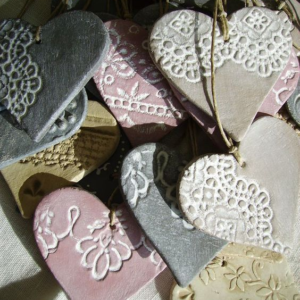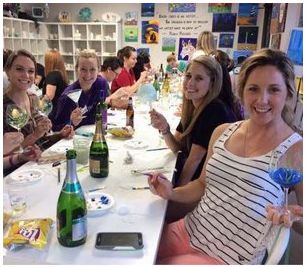Clay is obtained by a dry or wet process. Its manufacture involves a number of stages: extraction, mixing if necessary, grinding and drying. Each phase requires certain skills and specific machinery to guarantee the optimal product for each application. The clay is tested regularly throughout the manufacturing process in order to verify the conformity of the product to be delivered. You can make use of the clay making singapore .
Study and Development of Clay Quarry Geology
In each deposit, there are multiple strata comprising clays which vary in terms of particle size, grade, chemistry, mineralogy and specific surface. Clays also vary a lot from one geographic area to another.

Exploitation Mining
The extraction is carried out using excavators and dump trucks. In tiered mining, each clay stratum is treated separately and isolated in storage warehouses for maturation.
Maturation
The clay goes through a maturation stage that lasts from 3 to 12 months depending on the category of clay and the time required deriving the greatest benefit from it. Its plasticity and rheology characteristics change following the oxidation of organic and non-organic constituents. This impacts the Physico-chemical properties of clays. The moisture content of the freshly extracted clay varies between 18% and 22%. After maturation, this rate varies between 13% and 18%.
Clay Treatment
The cured raw clays are carefully blended according to predetermined formulas to provide a product with consistent and predictable characteristics and behaviours. The first stage of processing is to crush the clay into pieces of smaller and more regular sizes about 5cm by a primary crusher and a secondary roller crusher. This product is marketed as shredded or disintegrated clay and has a moisture content of 16%.
Dry Process
In the dry process, placing clay in the fluidized bed boiler lowers the humidity to a level between 10% and 12%. This product can be sold in the form of mechanically dried clay or transferred to the grinding wheel to be worked again and transformed into clay obtained by the flotation separation method.
Method Wet or Suspension
The wet or slurry process uses the same primary and secondary crushers as the dry process. However, instead of loading a mixture of raw clays into the primary crusher, the raw clays are placed in a buffer hopper sequentially, so that the different clays are treated in a specific way. The clays are introduced into a mixer via a conveyor belt. The mixer contains hot water and predetermined chemicals depending on the product to be produced. Charged clays first react with chemicals to activate the digestion of organic matter and lignins that go into their composition. Other clays are then added according to the defined requirements. The mixer mixes the ingredients for the programmed time. Controls are carried out to test the density and carry out a sieve analysis.
The product is then transferred to screens equipped with 0.06 mm scrapers. It is then pumped and poured through several 0.175mm finishing screens and a ferromagnetic filter, then stored in a storage tank where it is examined. After checking its specifications, the product is mixed to increase its homogeneity before delivery. The products are transported as a semi-liquid paste 61% solid or more by road tankers or rail cars.
